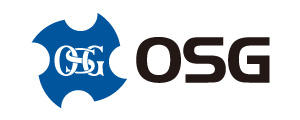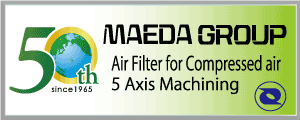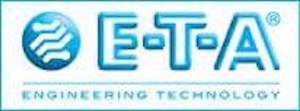Even for a lot of Japanese people, the name Yamagata evokes imagery of a very peaceful rural area with nothing but rice fields and fruit trees. While that is definitely a prominent aspect of Yamagata life, it is still just an aspect. Amidst the typical country scenery of a Japanese regional town in Yamagata, there is a modern looking campus, in which a number of high school students study. The name of this school is Nagai Technical High School, a school which the Japanese government recognizes as the perfect model for a technical high school.
This particular high school has turned countless students into skilled graduates who then enter the small and medium-sized companies in the area. The school is highly praised for the fact that a great number of the students receive government-recognized certification, which is considered to be hard to obtain unless one spends years gaining hands-on experience working for a company, while still in school. Graduates from technical high schools and technical colleges like this keep the standard of quality and know-how high in the Japanese manufacturing industry.
The owners of the local small and mid-sized enterprises are the ones making sure Nagai Technical High School’s students receive quality education. As a graduate from the school himself, and as the representative of the partnership of local enterprises, Isao Yoshida, the chairman of Yoshida Seisakujo Co., Ltd., has supported Nagai Technical High School for many years. Yoshida Seisakusyo develops and manufactures labor-saving machinery.
They develop and manufacture factory facility for big enterprises, and sometimes these big enterprises rent a special room inside Yoshida Seisakusyo company premises, to produce machinery in private and guard trade secrets. It shows how much Yoshida Seisakusyo is trusted by big companies when it comes to producing the most advanced machinery. The president of the company is the young Shigenari Yoshida, who works together with other younger business owners in the area to ensure they are up to date with the most advanced technologies.
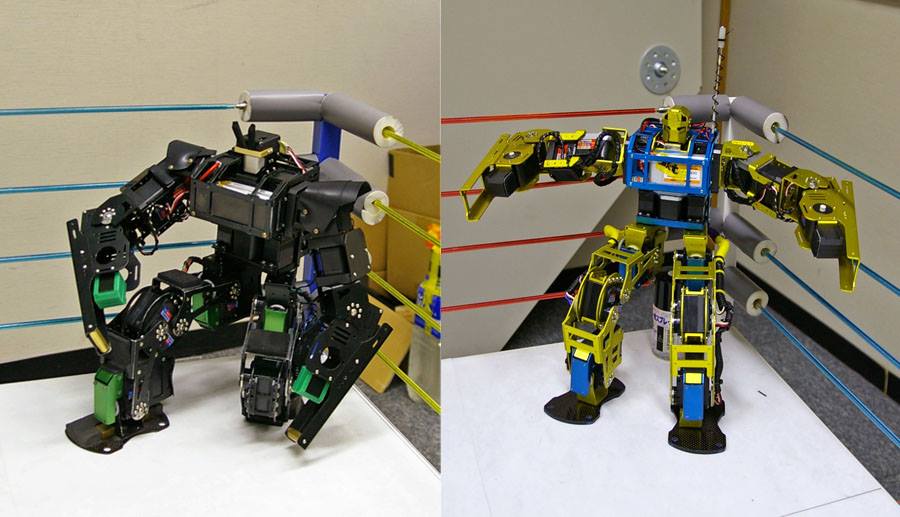
Of course, having good technical schools is not the only factor that contributes to the region’s manufacturing industry. Some nights after work, owners of small and medium-sized businesses meet up in a conference room, and hold a robot fighting competition.
They hone their skills and know-how by crafting small two-legged walking robots and making them fight each other. It may seem like grown men playing with toys to the uninitiated, but some of the engineers that join this contest are from the finest corporations Japan has to offer, and the level of engineering that gets displayed here is no joke.
This is how some small regional companies can boast such a high level of robotics, so much so that even engineers working for huge corporations in Tokyo come all the way to Yamagata to learn the technology. These high technological innovations are rooted in these engineers’ main work, whether it’s manufacturing, designing, or processing machinery or parts.
A key figure in this group of robot makers is Hiroshi Koseki, an owner of an engineering and metalworking company, Shouwa Seisakusyo Co., Ltd. This company was founded by his father, and during his father’s time, this company mainly did mass production subcontract work from big companies.
But when Hiroshi took over, mass-production orders from big corporations were decreasing, so he decided to switch to a different management style, one where they specialize in handling various kinds of high quality technologically advanced quick-deadline orders in small amounts. Right now, they are also expanding their business into the field of medical equipment, working with a team of researchers from a technical university. They are also helping countries like Tanzania in Africa develop their industries.
When people talk about technologically advanced small and medium-sized enterprises in Japan, a lot of people are still under the impression that companies in Tokyo and Osaka are leading the industry. But in reality, there are many companies that boast a high level of technology and skilled engineers that are based in regional towns and cities across Japan, and as they work together to continue to make progress, they are the ones leading one of the most advanced manufacturing industries in the world.
These modest-sized companies are the backbone of the industry, and in Yamagata, these companies have come together to build a network, the Yamagata Makers Network. If you want to find out where Japan is headed in terms of manufacturing, and stay up to date with the world’s most innovative technologies, I suggest you follow their every move.
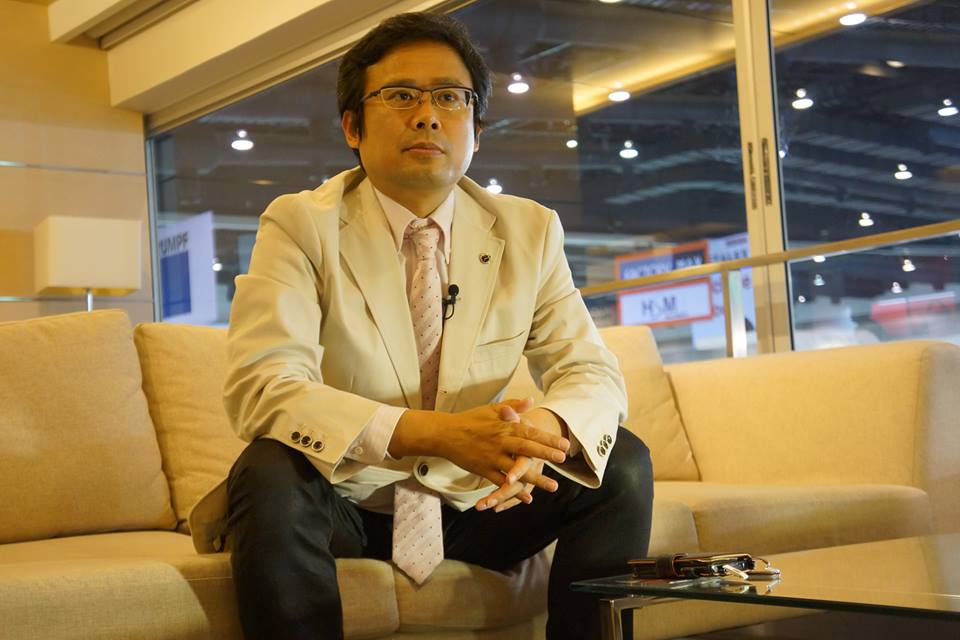
`In Japan, over 99% of the manufacture sector is composed of small and medium-sized enterprises (SMEs), which have less than 300 employees.`
Japanese manufacturers that lost their international competitiveness started to expand business overseas while reducing or closing down their domestic factories.
They built factories that manufacture products for Japanese markets in Vietnam, China, Indonesia, Thailand, etc. Products manufactured in overseas countries where labor costs were lower presented inferior quality, and therefore were seldom accepted in Japanese markets in the beginning. However, as a result of technical assistance or the introduction of production facilities from Japan, the products gradually permeated not only the overseas markets but also Japanese markets.
However, so many Japanese SMEs of the manufacture sector are still vital and surviving even now. After WWII, most SMEs in Japan have operated as subsidiaries of big companies. There was no need for these companies to do promotion and sales activities themselves. Therefore, even though their technical abilities developed, it was difficult for overseas customers to find information about them.
Over the past decade, the situation has changed drastically. The advancement in information technology has had an enormous impact on global economics, and its influence continues to expand.
It has become much easier for many companies to promote themselves internationally for new opportunities.
A number of newer Japanese SMEs are owned and operated by people who not only possess sufficient English skills but also have experienced living, studying or working abroad.
The sleeping lions have woken up. The new generation of Japanese SMEs are trying to open new doors for international markets.
10years ago, if you had known a few names of big Japanese companies like TOYOTA, HONDA, PANASONIC, etc., it would have been enough to do business in the world market. But now, if you are looking for perfect business partners for surviving in the world market, you need to find out about the SMEs of Japan, boasting world-leading technologies.
The Opening of the Hokuriku Shinkansen and Manufacturing in the Hokuriku Area
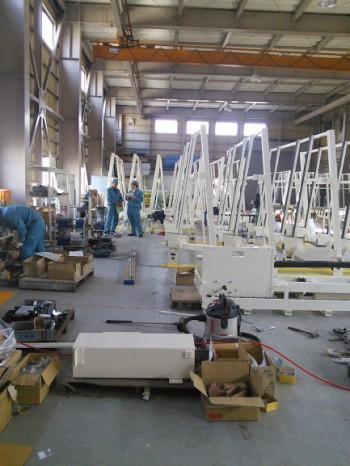
In March 2015 a new Shinkansen (bullet train) line connecting Tokyo to Toyama and Kanazawa will begin operations. The line running from Tokyo to Nagoya, which has been called the Nagano Shinkansen until now, will at last be extended to Kanazawa on the Sea of Japan and will also be rechristened as the Hokuriku Shinkansen. The maximum speed of the Hokuriku Shinkansen is 260 km/h, connecting Tokyo to Toyama in about two hours and Tokyo to Kanazawa in about two and a half.
As a historical city, Kanazawa enjoys popularity as a sightseeing destination even in Japan. Though popular among overseas visitors to Japan, as well, in the past it has sadly been a difficult city to visit with ease, taking time to access from Tokyo. Similarly, Toyama boasts both the bounty of the Japanese sea and Kuroba Tateyama, a mountainous sightseeing area. These popular tourist destinations will be linked to Tokyo by a train ride of just two hours. Already many events, such an international conferences, are scheduled to be held in Kanazawa. Bookings at hotels and Japanese inns are being made at a healthy rate, and many tourists may also be visiting the surrounding sightseeing areas and hot springs.
Now, let’s look afresh at Hokuriku area, where the Hokuriku Shinkansen will be running. The Hokuriku area, situated against the Sea of Japan on the north side of Japan’s main island (“Honshu”), includes three prefectures: Toyama, Ishigawa, and Fukui. Though Fukui is not included in the current expansion, there are plans for operations there in the near future.
Even for the people of Japan, the area of Hokuriku as mentioned before is a region acknowledged to be rich in natural scenery, historical structures, hot springs, and traditional crafts. However, the industries of Hokuriku (Toyama, Ishikawa, and Fukui) are not limited to simply tourism but actually include strongly thriving manufacturing industries. The total gross regional product (GRP) of the Hokuriku area was approximately 12 trillion yen. This occupies about 2.4% of the national total, which is about the same as the portion of the Japanese population it represents. The total GRP breaks down into 1% primary, 26% secondary, and 72% tertiary industries. If compared to the national average, the proportion of secondary industry is revealed to be higher. Owing to this, the Hokuriku area is a region where secondary industry plays an important role.
Companies like YKK, Komatsu, Nachi-Fujikoshi, Mitsuoka Motors, Tsudakoma Corp., Matsuura Machinery, and Takagi Seiko are among the globally-famed manufacturing enterprises that have headquarters or important bases of operations in the Hokuriku area. Furthermore, a great number of small and medium-sized manufacturing enterprises who have dealings with those enterprises mentioned above are active in this area.
Let’s take a look at the breakdown of the shipment values of the products made by Hokuriku’s manufacturing industries. Machinery for general use, production, and business occupies 18.5%. Next, electrical components and devices come in at 14.6%. Chemical industries (including pharmaceutical goods) are at 12.1%. Nonferrous metals, metals, and even the traditional industry of textile working continue here as well. Each of these demonstrates a higher proportion than that seen nationally. Moreover, there are a number of listed companies headquartered in this area (21 in Toyama, 25 in Ishigawa, and 16 in Fukui), and in addition to these there are also many unlisted companies located here holding shares in the global market with their excellent technical and developmental capacities. Even when examining the Indices of Industrial Production, this area shows a recovery from the Lehman Shock (economic downturn owing to the bankruptcy of Lehman Brothers) faster than that seen in Japan as a whole. The period from 2012 onward, especially, shows a standard growth that has surpassed that of the Lehman Shock era. In other words, the enterprises of the Hokuriku area are resilient even during recession conditions.
It can be said that the unique characteristics of the Hokuriku area’s industries have been formed first of all by the machine manufacturing industry, which came out of the traditional industry of textile manufacture here, and also by chemical industries, which developed from the long history of the pharmaceutical industry, as well as industries like the non-ferrous metals and materials processing industries, which make full use of the inexpensive electricity provided by hydroelectric zones like Kurobe. These industries carry with them the prospect of development into the field of aerospace and new materials, which are highly-expected as next-generation growth industries, as well as into the medical field, including treatments and medicines.
For the manufacturing industry at current, reducing the time from order to delivery is a huge issue. Owing to advancements in information technology, information exchange has undergone simplification and been sped up even over great distances. However, to respond to the increasing complexity of client requests, it is conversely now more than ever that greater weight is being given to meeting clientele directly and consultation at the actual site of manufacture. Additionally, as the introduction of SCM (supply chain management) continues, an increase in utilization capacity is being sought even as repair part stores at production sites grown smaller. In the midst of all this, there is an increasing demand for salespeople and those in charge of repairs to bring small, precision parts and goods in person directly to clients. In the past, travelling from the Hokuriku area to the capital region would take almost four hours, but with trains now able to do that in two hours, Hokuriku enterprises will be able to engage in business activity like sales and maintenance with a required time comparable to those enterprises of the Tokai (northeastern) and Kansai (western) regions. The opening of the Hokuriku Shinkansen is an incredible opportunity for the enterprises of Hokuriku to be able to take on the capital region as a new business area.
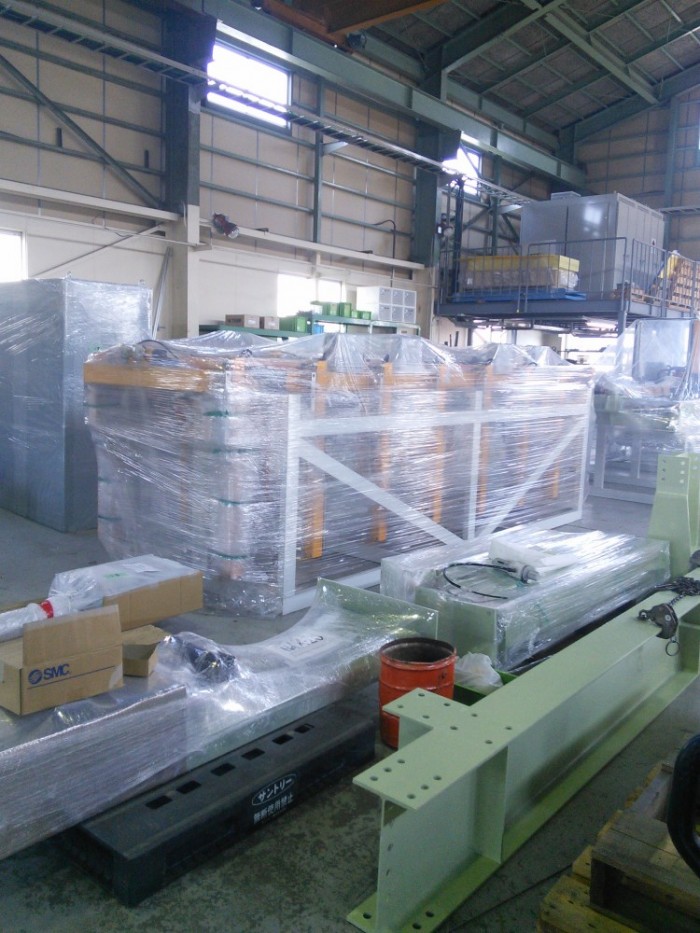
Furthermore, owing to the direct connection to the capital region brought about by the opening of the Shinkansen, there have also been movements among the large scale enterprises concentrated in Tokyo toward moving head office operations to the Hokuriku area. For example, the YKK Corporation, which at present has its head office in Chiyoda, Tokyo, has come out with plans to move a portion of their head office operations to Kurobe, Toyama, in time for the opening of the Shinkansen. The same company is examining a relocation on the scope of 200 employees. In order to establish a residential environment within the city of Kurobe, YKK is, at the site of their old corporate housing, constructing living complexes and business facilities that will use natural power and reduce high energy use. Completion of the construction of the initial neighborhood is planned for mid-2015. Interest in this experimental residence, dubbed “Passive Town”, is high both domestically and abroad.
Overseas, YKK is perhaps best-known as a company that produces zippers. However, the YKK Group is made up of two companies (YKK, which focuses on zippers; and YKK-AP, which focuses on aluminum materials) and is an enterprise with each respectively carrying considerable shares. Furthermore, a strong point of the YKK group is that they self-manufacture the machinery they employ. It could potentially even be said that the manufacturing in-house of not just finished products but the equipment used to create those products is a strength shared by the manufacturing industry enterprises of Japan.
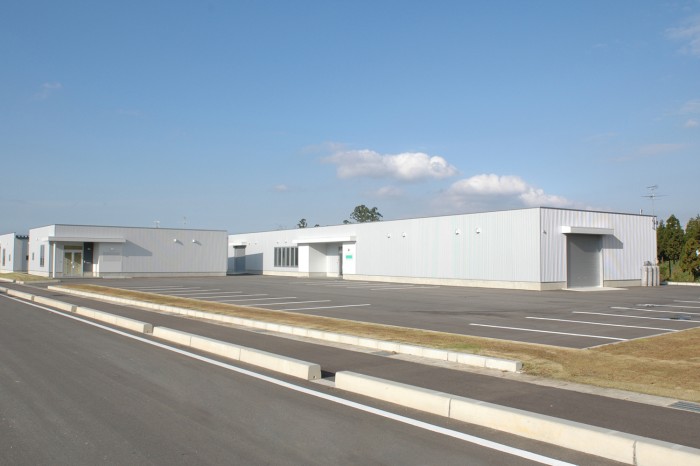
The Hokuriku area is home not only to large enterprises and their affiliated enterprises but also to a great number of small and medium-sized enterprises under unique management. One example is Kawabata Ironworks, located in Kurobe, Toyama. There, they plan, design, and manufacture their labor-saving and plating machinery completely in house and also export overseas. With only around 40 employees, they even have a corporate presence in Thailand and the Philippines. Additionally, Kurobe is the largest area for hydroelectric production in Japan, and, owing to that, Kawabata Ironworks has also developed small hydroelectric generators and participates in technological co-operative activities to Myanmar as part of the Japanese government’s support of overseas businesses. President and CEO Yasuo Kawabata says, “We’ve made a point of doing our designs in-house since our founding. We don’t simply take blueprints from a larger enterprise and make that; here, we can plan, design, and at last manufacture all here in our own company. At first there were tough times where we didn’t understand things, but now it’s become a huge strength of ours.” When considering the small and medium-scale manufacturing industry of Japan, one inevitably imagines subcontractors to large firms. However, there exist many small and medium-sized enterprises like Kawabata Ironworks that have the production techniques to plan, design, and manufacture all completely in house, and these enterprises form one of the strong points of the Japanese manufacturing industry.
Revance Co. Ltd. of Ishikawa was founded in 1990 and is also a manufacturer of new cosmetics. For those who are aware of the meaning of “revance” in French, the company’s name might come as a shock. This company’s name, which means “revenge”, comes from the spirit of president, CEO and founder Kazuhiro Senda, who wanted to “raise some questions to the industry.” At the time of his former employment, President Senda realized upon researching the ingredients used in existing cosmetics that almost all of those ingredients were ones forbidden for use in food. “Cosmetics are applied directly to the skin and are quite likely to enter the mouth, as well. From that, I came to want to make cosmetics that would be safe even to eat,” says President Senda. Revance began producing cosmetics made from ingredients of natural origin with a level of safety high enough to be accepted for food use. They currently work with research institutions and universities to make cosmetics that use the local plants and materials of the Hokuriku area. The safety of cosmetics and pharmaceuticals manufactured in Japan is acknowledged across the globe. It isn’t unusual to catch sight of female tourists visiting from overseas at Japanese drugstores, purchasing almost more cosmetics that they can carry. However, not content to grow complacent with this, the corporate policy of Revance Co. Ltd., which works toward the manufacture of even safer products, enjoys an excellent reputation among many clients.
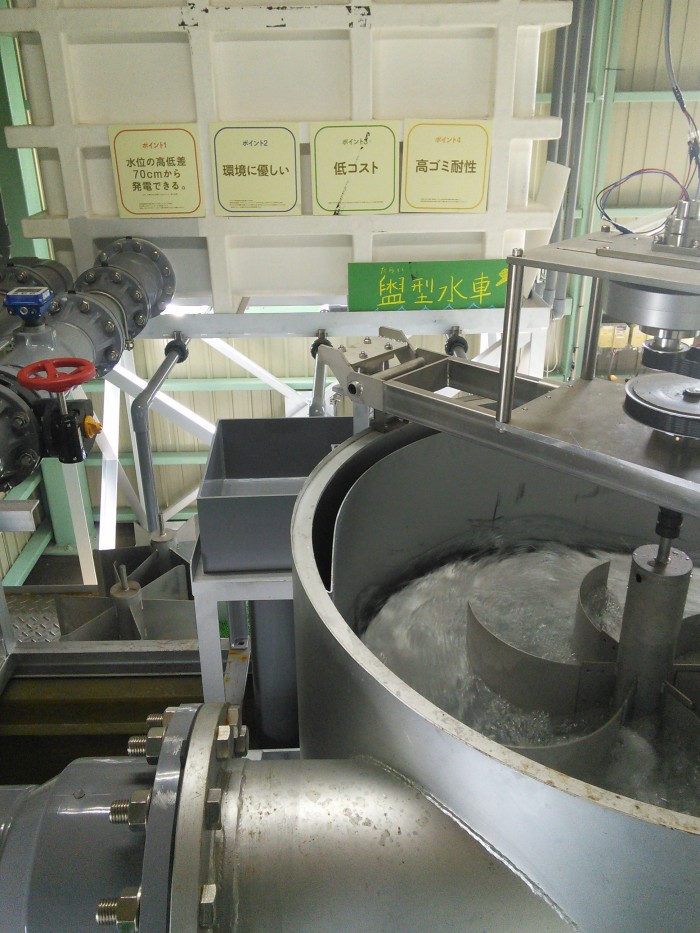
Well, what do you think? Surely many readers, upon hearing news of the opening of the Hokuriku Shinkansen in Toyama and Kanazawa, have been thinking to themselves, “I definitely want to take a trip out that way.” Soon to be only two short hours from Tokyo, there are many sightseeing areas where you can enjoy the lovely scenery, delicious food, and hot spring hospitality that represent Japan. However, be sure not to forget one other thing: that Hokuriku is also the representative integrative manufacturing area of Japan. There are many more manufacturing enterprises beyond the ones that have been introduced here. Why not make a visit to one or two of them?




